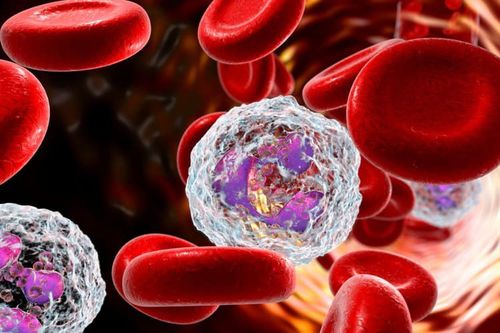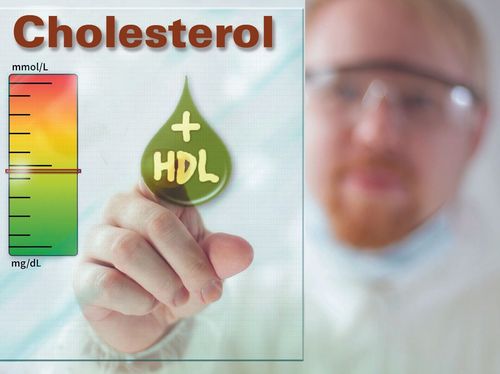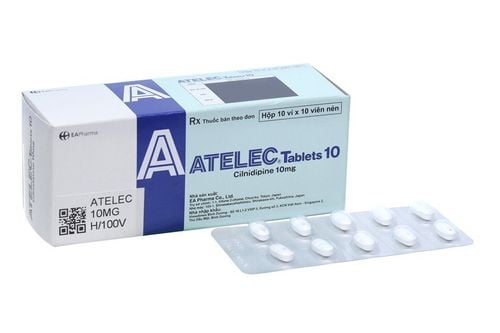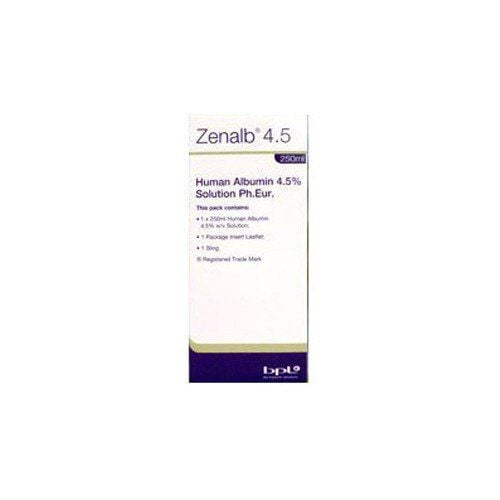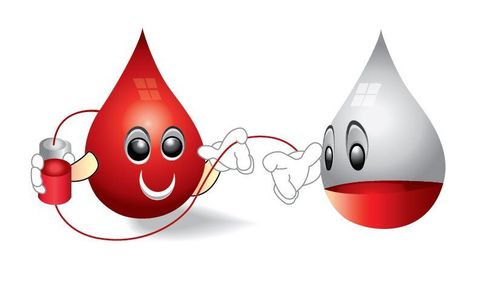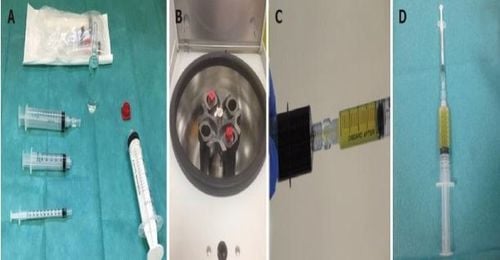This is an automatically translated article.
Whole blood is considered the most comprehensive blood product, complete with components. Compared with erythrocyte sedimentation, this type of preparation is very rarely used. Accordingly, it is necessary to understand the nature and indications when using whole blood, in order to achieve the best treatment effect for the patient, avoiding waste.
1. What is whole blood?
Whole blood is the entire volume of blood collected from a blood donor.
Only healthy adults who meet the prescribed conditions, not in the cases of having to delay blood donation, can participate in blood donation. After that, the blood will be brought to hematology centers and hospitals. Here, these whole blood units must have a safe result with screening tests for blood-borne infections, and meet the criteria for blood and blood cells to be included in the classification. blood group . Finally, whole blood units will be marked with codes, expiry dates and reserves, ready to respond when needed.
Thus, in general, after being collected from blood donors and performing a number of necessary tests, if satisfactory, whole blood units will be transfused directly to the patient without going through additional tests. What processing step? In contrast to whole blood are other preparations of red blood cells, such as erythrocytes, washed erythrocytes, or leukocyte-poor red blood cells. In addition, besides red blood cell preparations, from whole blood, hematologists will separate it into other products such as platelets, plasma, albumin... for specific indications.
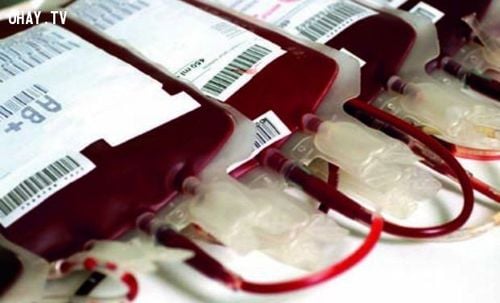
Máu toàn phần được thu thập từ đối tượng hiến máu
2. How to use and preserve whole blood?
After being taken from the arm vein of the blood donor, the whole blood will be placed in a reserve bag containing anticoagulant and quickly placed in a temporary storage box, refrigerator, before being sent to the centers. center or hospital specializing in hematology.
At the hospital, after screening tests and blood grouping, whole blood units will be packaged as 250ml per unit per use. Blood is best stored between 2 degrees Celsius and 6 degrees Celsius. At this point, the shelf life of whole blood will last up to 35 days. However, when stored at room temperature from 20 degrees C to 24 degrees C, the shelf life of whole blood does not exceed 24 hours.
Therefore, only take whole blood out of the storage medium when there is an indication for blood transfusion. Technicians, nurses or general medical staff who are in charge of the blood dispensing process need to strictly follow the prescribed steps. In particular, the problem of accurately recording the code of the whole blood unit dispensed as well as determining the correct blood group of the ABO system, the Rhesus system of the blood bag, of the patient and the cross-reaction between the blood bag and the blood of the patient The patient is the most important.
Once there is an indication for a blood transfusion and a blood supply order has been issued, whole blood taken out of the refrigerator must be transfused within 30 minutes and must be completed within 4 hours. If outside this time, the blood bag is at risk of infection and must be destroyed. Similarly, if there is any reason to prolong the transfusion time or there is a suspicion of complications during the transfusion, the transfusion should be stopped immediately, the unit of blood should be destroyed, and a report should be made. , handled according to regulations.
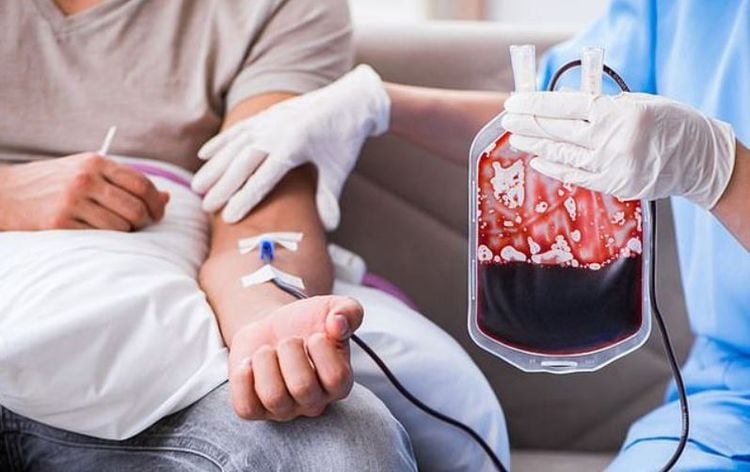
Máu toàn phần được truyền cho người bệnh
3. When is whole blood used?
Indications to use whole blood compared to erythrocytes are quite limited. Therefore, whole blood is rarely used. This form of preparation is used in cases of acute blood loss causing hypovolemia (massive blood loss of more than 30% of blood volume, corresponding to more than 1,500 ml of blood in an adult with an average weight of about 50 kg). , when performing a blood exchange procedure or replacing erythrocytes in the absence or deficiency of erythrocytes.
Do not use whole blood in the case of rehydration when chronic anemia or heart failure, circulatory overload is new-onset.
During whole blood transfusion, the same intravenous line should not be infused with drugs and fluids for infusion with blood, except for physiological saline solution to rapidly restore effective circulating volume.
In summary, whole blood is the most comprehensive form of preparation from donor to recipient without any special handling steps. Because there are many other components that may not be needed, whole blood is used quite limited, mainly when the patient has too much acute blood loss and needs to fully compensate for the components in the blood as quickly as possible. .
MORE:
Basic principles of blood transfusion Blood transfusion: When should it be done? To ensure safety in blood transfusion




